Michael Goodnight – Right-handed Pitcher
Born: 06/10/1989 – Height: 6’4” – Weight: 215 – Bats: Right – Throws: Right
History: The Indians selected Goodnight in the 13th round of the 2010 Draft out of the University of Houston. As a draft eligible sophomore, after picking him last year the Indians watched him pitch summer ball in the Cape Cod League where he started six games and went 3-1 with a 2.89 ERA, and in 37.1 innings allowed 25 hits, 10 walks, and had 27 strikeouts. After liking what they saw in him in the Cape, the Indians ended up signing him to a $315,000 bonus about a week before the signing deadline. This was actually the second time the Indians had drafted him as back in 2008 they made him a 27th round pick out of high school.
Strengths: Goodnight is a big bodied, physical, athletic right-handed pitcher with good, raw arm strength with an effortless delivery. He has the size and body to be a starting pitcher which should help him hold up well to the normal wear and tear a pitcher goes through during a season. He throws a plus fastball that usually sits around 90-92 MPH though has touched 94 MPH on occasion. He complements the fastball with a good, developing slider that sits in the low 80s and is considered his best secondary pitch. He also throws a curveball and changeup, with the curveball getting consideration from some scouts as a true weapon and the changeup a solid fourth offering though still a work in progress.
Opportunities: As evidenced by the small sample size in Mahoning Valley and at Houston last year, at times Goodnight can lack a feel for pitching which leads to a lot of ups and downs with his performance. Getting him to maintain his fastball command is probably the most important area of focus going into next season as too often he will fall behind in the count and not keep the ball down in the zone which leads to a lot of hits, walks, and loud outs. He also needs to do a better job of establishing his fastball early in counts. His slider has the potential to be a lot more, but he needs to become more consistent with the mechanics of the pitch. His changeup needs more development and consistency and along with his fastball command will be the key to keeping him as a starting pitcher.
Outlook: What kind of pitcher Goodnight ultimately becomes is anyone’s guess at this point. If the command comes and his secondary offerings improve, then he has a chance to remain a starter. Initially he will be developed as a starting pitcher in the lower levels of the minors in order to help facilitate his development, but at some point when he reaches the higher levels of the minors he likely will make the transition to a full time reliever. He should open the 2011 season in the starting rotation at Low-A Lake County.
Born: 06/10/1989 – Height: 6’4” – Weight: 215 – Bats: Right – Throws: Right
 |
| (Photo: Tony Lastoria) |
Strengths: Goodnight is a big bodied, physical, athletic right-handed pitcher with good, raw arm strength with an effortless delivery. He has the size and body to be a starting pitcher which should help him hold up well to the normal wear and tear a pitcher goes through during a season. He throws a plus fastball that usually sits around 90-92 MPH though has touched 94 MPH on occasion. He complements the fastball with a good, developing slider that sits in the low 80s and is considered his best secondary pitch. He also throws a curveball and changeup, with the curveball getting consideration from some scouts as a true weapon and the changeup a solid fourth offering though still a work in progress.
Opportunities: As evidenced by the small sample size in Mahoning Valley and at Houston last year, at times Goodnight can lack a feel for pitching which leads to a lot of ups and downs with his performance. Getting him to maintain his fastball command is probably the most important area of focus going into next season as too often he will fall behind in the count and not keep the ball down in the zone which leads to a lot of hits, walks, and loud outs. He also needs to do a better job of establishing his fastball early in counts. His slider has the potential to be a lot more, but he needs to become more consistent with the mechanics of the pitch. His changeup needs more development and consistency and along with his fastball command will be the key to keeping him as a starting pitcher.
Outlook: What kind of pitcher Goodnight ultimately becomes is anyone’s guess at this point. If the command comes and his secondary offerings improve, then he has a chance to remain a starter. Initially he will be developed as a starting pitcher in the lower levels of the minors in order to help facilitate his development, but at some point when he reaches the higher levels of the minors he likely will make the transition to a full time reliever. He should open the 2011 season in the starting rotation at Low-A Lake County.
| Year | Age | Team | Lvl | W | L | ERA | G | GS | IP | H | ER | HR | BB | SO | AVG | BB/9 | K/9 | WHIP |
| 2009 | 20 | U. of Houston | C | 5 | 5 | 4.43 | 15 | 13 | 65.0 | 68 | 32 | 3 | 31 | 58 | UNK | 4.3 | 8.0 | 1.52 |
| 2010 | 21 | U. of Houston | C | 7 | 7 | 5.36 | 16 | 16 | 85.2 | 90 | 51 | 13 | 54 | 90 | .273 | 5.7 | 9.5 | 1.68 |
| 2010 | 21 | Mahoning Valley | A- | 0 | 2 | 4.05 | 4 | 4 | 13.1 | 10 | 6 | 0 | 10 | 12 | .217 | 6.8 | 8.1 | 1.50 |
| MiLB Totals | 0 | 2 | 4.05 | 4 | 4 | 13.1 | 10 | 6 | 0 | 10 | 12 | .217 | 6.8 | 8.1 | 1.50 |



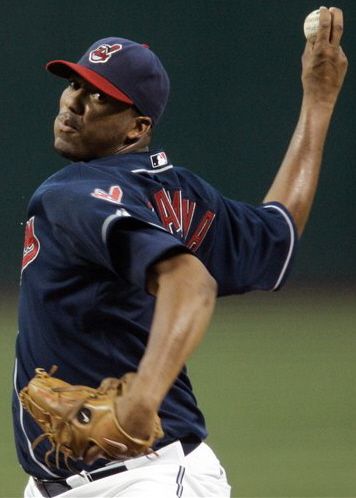
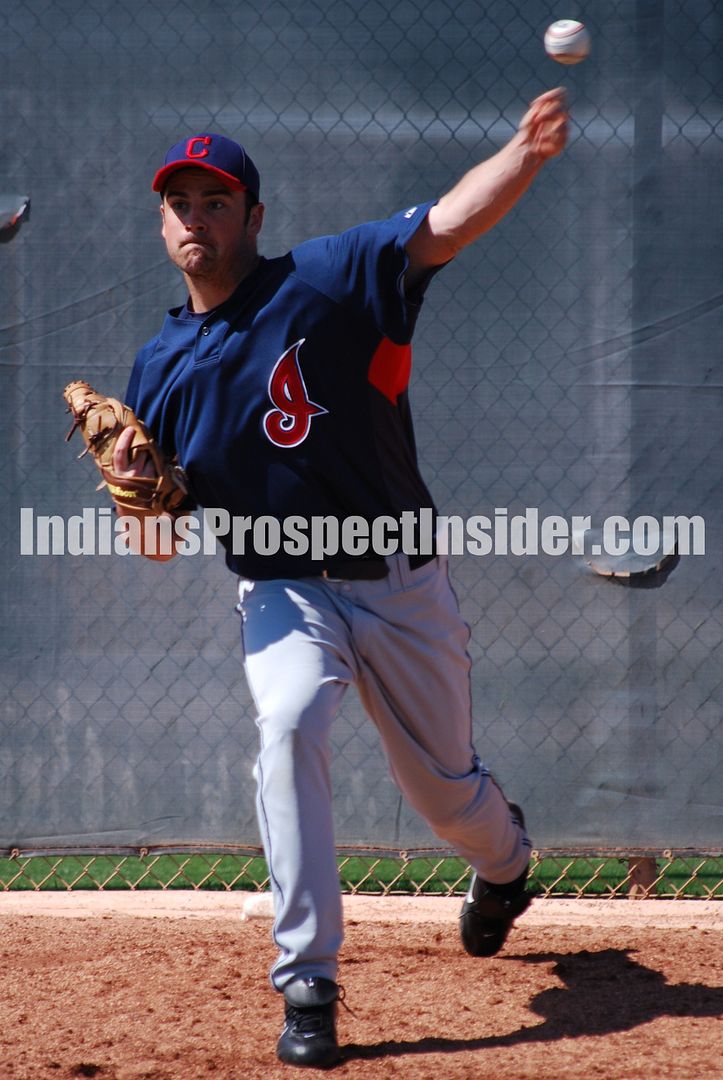

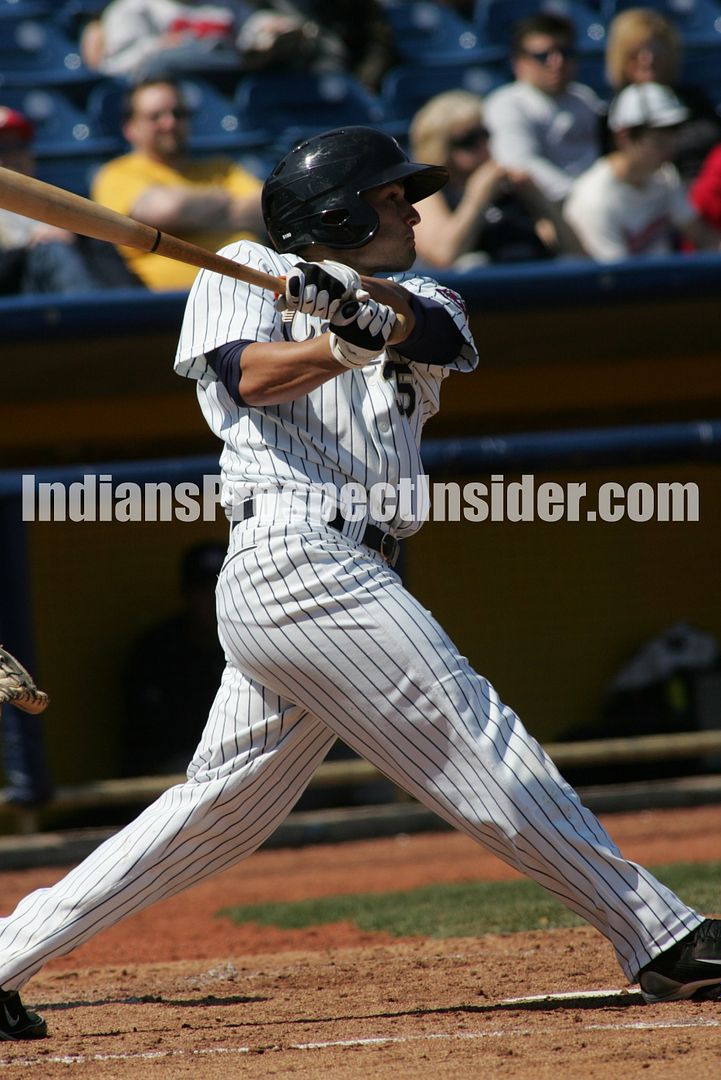

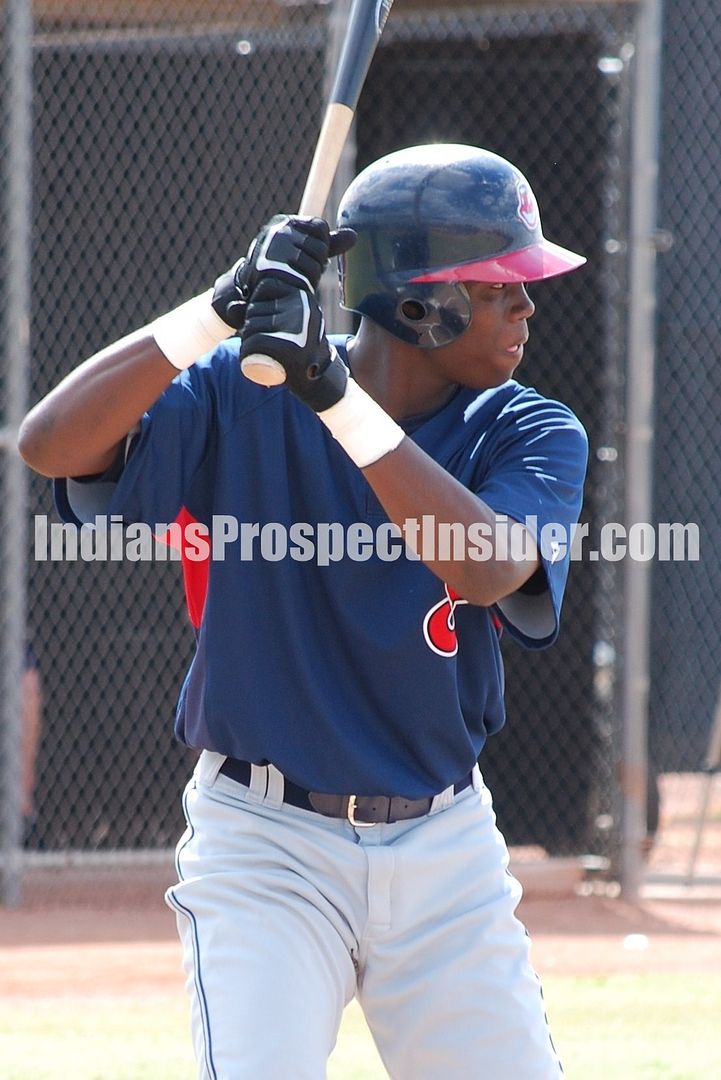
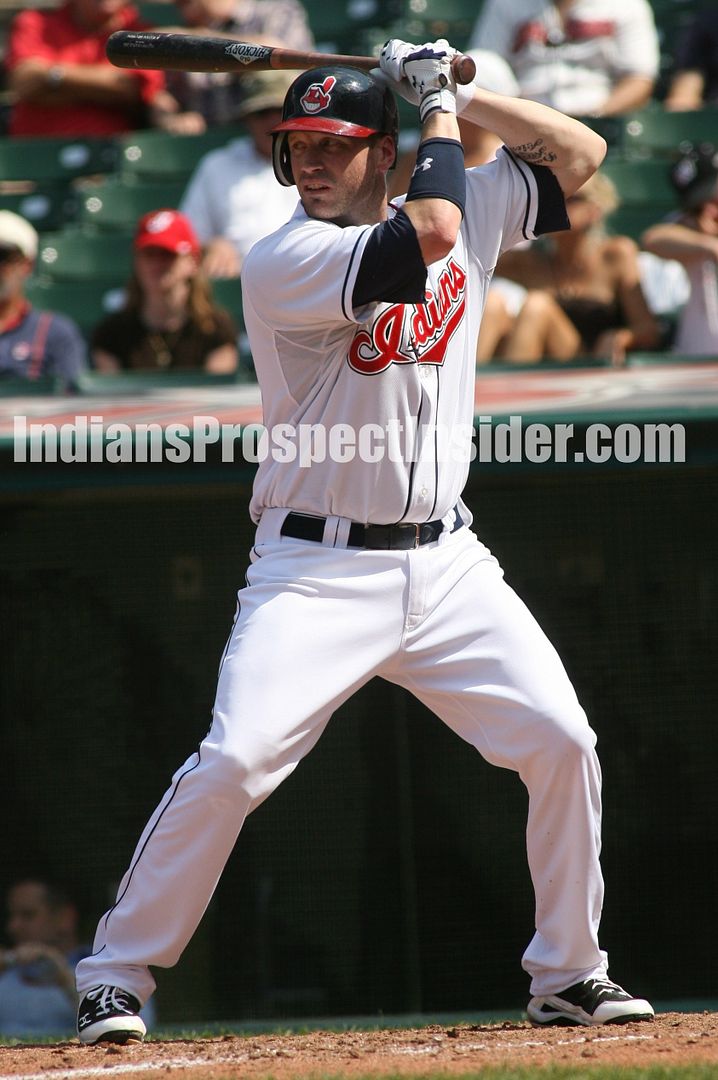






 Everything on this site is free, but for those interested in making any monetary contributions to help support the stability and growth of this site please click on the "Donate" button below.
Everything on this site is free, but for those interested in making any monetary contributions to help support the stability and growth of this site please click on the "Donate" button below.

